(This is a shameless example of creating a new general thread that's tailored to one particular post, but many other cities have similar local architectural features).
Here's a blog post on Scottish five-sided dormers. They are rare in the rest of North America, but common in NS:
http://halifaxbloggers.ca/noticedinn...ttish-dormers/
Here are a few selected photos from that post (and a couple of other places) showing Scottish dormers in NS.




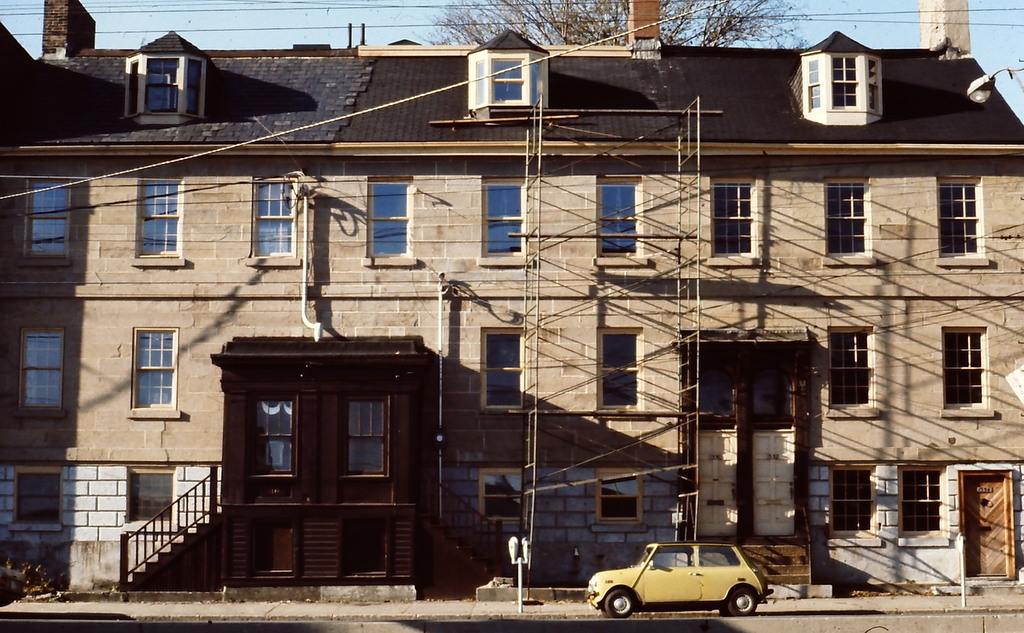

Halifax circa 1890. Scottish dormers all over the place.

History hasn't been very kind to dormers in general. There's been a tendency to replace five-sided dormers with simple flat dormers over time, or even strip off dormers or pitched roofs altogether. Buildings like this one in downtown Halifax originally would have had pitched roofs and dormers (sometimes Scottish dormers, sometimes flat). Only a few of them still have any kind of dormer today and I'm not sure that any have survived with five-sided dormers.
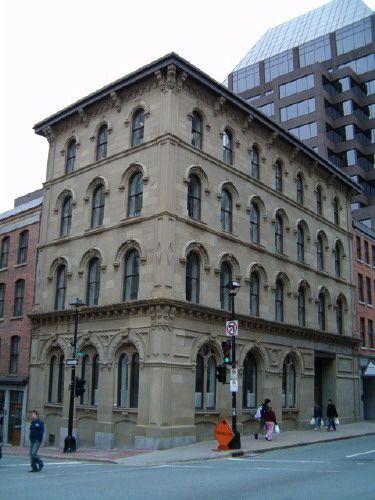
Source
Glasgow in the 1970's. This style may have first become popular in this area during the 18th century. The buildings also look similar because sandstone is a commonly-used construction material in NS and Scotland (whereas many other places have more brick and limestone).
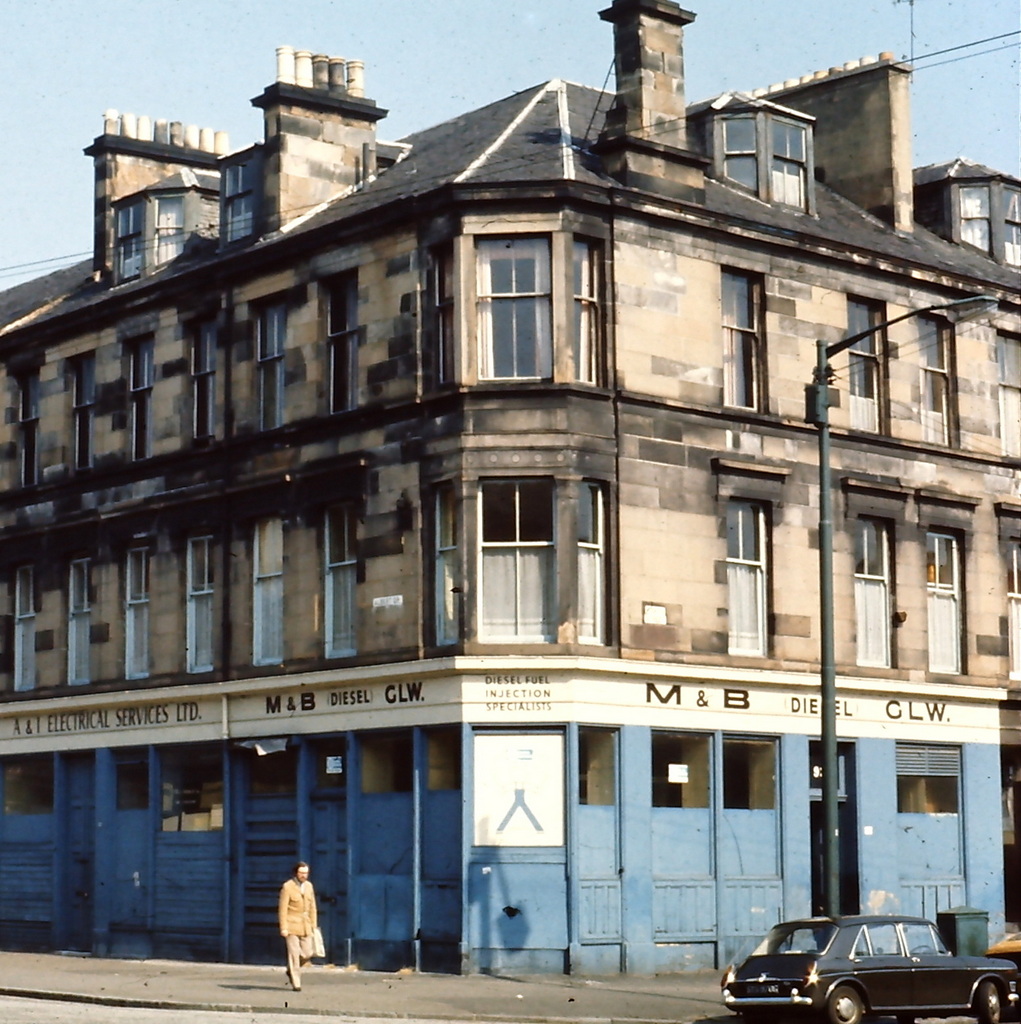
Scottish dormers are called oriel dormers in many other areas, and they're closely related to oriel (bay) windows. Multi-story sets of bay windows are also ubiquitous in Halifax, and they're more common in other cities:

Source
Hollis and Morris is ground-zero for these styles I guess
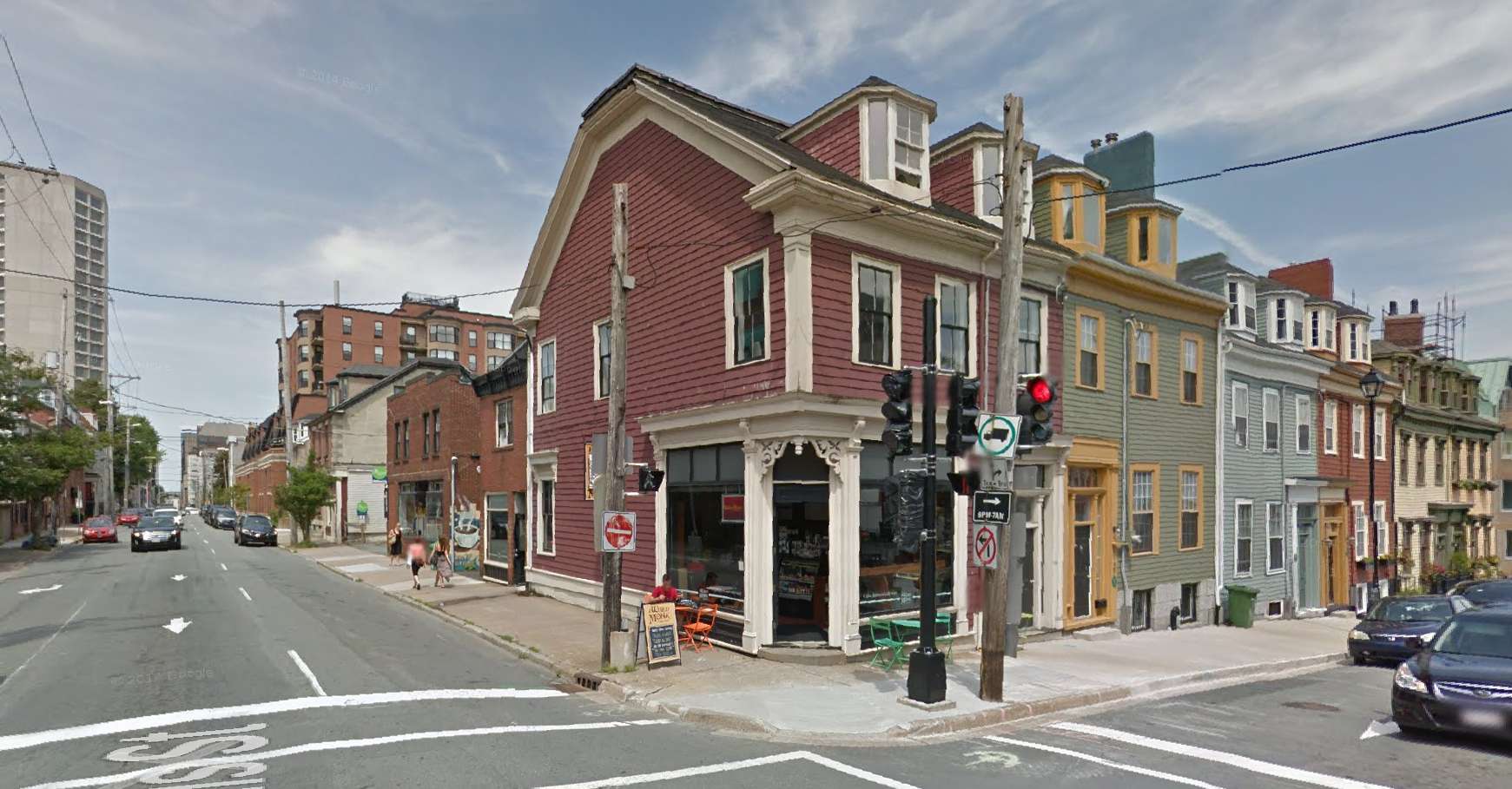
(Google streetview)
If I were to pick another style for Halifax specifically it would be about Palladian architecture, mostly in public buildings that went up during the late Georgian period from about 1790-1830. Government House (1800) is a prime example, but I will leave details for a future post.
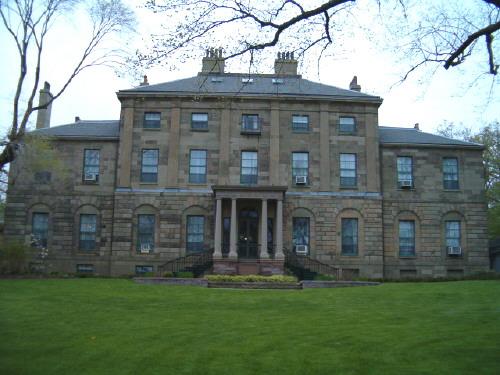
Source



